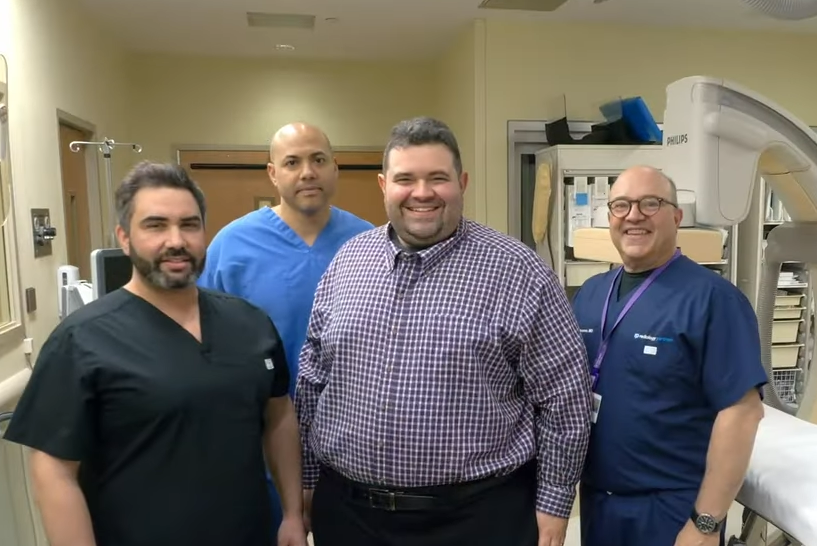What is pelvic congestion syndrome?
Pelvic congestion syndrome is a condition that occurs when varicose veins form in the pelvic region, causing pain and achiness, sometimes accompanied by feelings of pressure or heaviness. Symptoms tend to worsen during long periods of standing or straining. As with varicose veins elsewhere in the body, veins in the pelvic region can begin to malfunction over time, resulting in a backward flow of blood that causes veins to become weak and distended. Treating these veins can help relieve the pain and pressure associated with pelvic congestion so women can lead more comfortable lives. Pelvic pain is a common complaint, especially among premenopausal women, and although studies suggest pelvic congestion syndrome is a common cause of pelvic pain, it can be difficult to diagnose. Once it’s diagnosed, however, successful treatment can be fairly straightforward. Pelvic congestion syndrome is a common cause of debilitating discomfort and pressure, affecting women usually between the ages of 20 and 50 years.
How is pelvic congestion syndrome treated?
Pelvic congestion syndrome is most commonly treated with a procedure called embolization, which uses special techniques to seal the damaged blood vessel, closing it off to the flow of blood. Once the vein is sealed, tiny coils are released to create controlled scarring that blocks blood flow,circulation is rerouted to neighboring healthy veins and symptoms of pain and pressure are relieved. Embolization is performed on an outpatient basis and offers a quick recovery time, so women can find relief and get back to their regular routines as quickly as possible.
What should I expect during and after treatment?
During an embolization procedure, a thin, flexible tube, or catheter, is carefully inserted into a major vein through a small nick in the groin, slowly advancing the catheter until it reaches the damaged vein. The catheter is positioned using image guidance to ensure it’s properly placed in the treatment zone. Once the catheter is situated, the catheter is used to administer special sclerosing solutions designed to cause the vein to close up. The solution used during the procedure is the same type of solution used to treat varicose veins in the legs and elsewhere in the body. After treatment, the catheter insertion site is sealed with a special bandage. Embolization is performed using a local anesthetic with or without mild sedation to help you relax, and without the need for general anesthesia with its attendant risks. Following treatment, you may have some mild discomfort, which can be treated with an over-the-counter pain relief medicine. You’ll be allowed to return home soon after treatment, and in most cases, you’ll be able to resume your regular activities as well.





